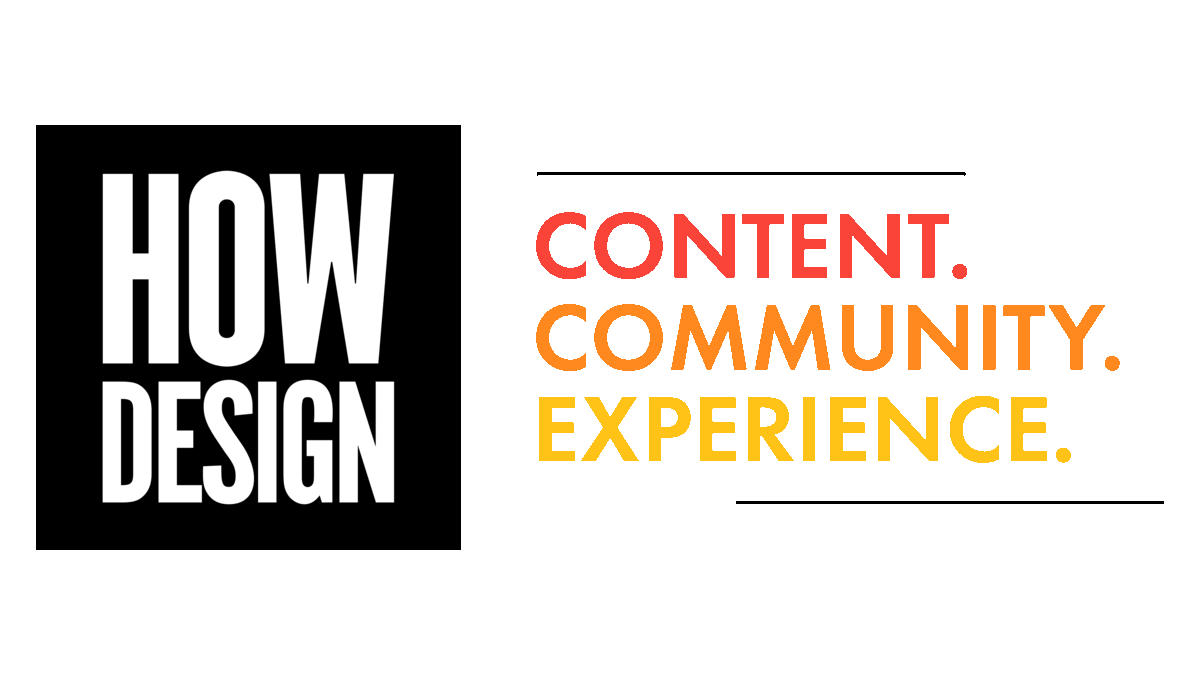The ball has dropped and now all eyes will be on the horizon and what trends we are seeing, anticipating and, perhaps, won’t ever come to fruition. Our HOW Brand panel of industry experts and leaders shared their trends-to-watch. In this piece, they take on everything from what’s going to be out in the upcoming year, where branding is going, industry changes facing designers, tech innovations impacting how we experience design and more.

Photo by NordWood Themes on Unsplash[/caption]
Tell Your (Real) Story
Consumers have reached a saturation point. Fatigued by an increasingly noisy, chaotic, and complex world, they will continue to invest in fewer brands. Constructed brand narratives will become less effective and outdated, as more informed consumers seek out labels and brands that bring real value to their lives. To be successful, brands will need to embrace authenticity, and commit to creating quality products that genuinely provide tangible benefits for their audience. — Joe Flory, Design Director – FINE
The Empowering Itch of the Creative Niche
To a zealous degree, curiosity is advertised as a cardinal quality to behold across design disciplines. A staple ingredient (in the steadfast portfolio of desired designerly traits) to generate creative ideas, tap into creative angles, embark on creative paths—all toward executing a creative vision.
On the job, curiosity is a designer’s intellectual edge. Beyond the job, curiosity is the compass pointing to new directions in the creative form of side projects.
Adjacent to their daytime roles, UX Designer, Liz Wells, collaborates with brand communications manager, Katie Puccio, to publish the newsletter “Desk Lunch,” issued to the communities of creative women and non-binary folks. Graphic designer, Matthew Wyne, seized his obsession with cocktails by illustrating the collection “Letters and Liquor,” where he dives into the history of lettering associated with cocktails, from the 1690s thru 1990s. Carissa Hempton, with her husband, Paul, co-launched “Print Prologue,” a series of tangible and web-based tools focused on the details of small-format printing.
Curiosity, paired with conviction, flows through these examples of designers exploring diverse interests. Along with scratching one’s itch, harvesting a creative niche helps keep one vital mission alive: to never stop learning and growing. For designers, side projects are not merely pet projects, they’re passion projects. Creative freedom maximized. — Nate Burgos, UX Designer & Content Strategist – 50000feet.com
Less Is Still More, But…
I see minimalism sticking around in print, packaging, and digital. It’s a classic design choice, and it’s not going anywhere, but I would like to see a resurgence of vivid color mixed in with minimalism. Typography is going in bolder directions with unexpected font pairings, and even messy typography looks are becoming the norm since they make people stop and pay attention in a world of waning attention spans. I also see more doodles and hand-drawn personal touches popping up in design, for a more friendly style (that I actually really like). — Ashley Milligan, Art Director – FINE
‘Fluid’ Brands
Is it just me or were we able to break more brands in 2018? I’d like to see this trend continue in 2019 as brands finally realize that they need to loosen up their rigid self-indulgence and become team players.
Consumers don’t buy a single brand anymore: they subscribe to a lifestyle, and a lifestyle will always demand more complexity than any single brand could ever provide. This means big brands need to rethink their traditional tactics and outdated campaign models (saying goodbye to the overpriced, overhyped ‘big ad’ moments), instead looking to interesting partnerships and curated collaborations that are born from the consumers integrated lifestyle.

Courtesy Stefan Tauber – Set Creative.[/caption]
Perfect example: Fendi’s collaboration with Fila. In the past, nobody would have expected an Italian high fashion house to collaborate with a sportswear brand like Fila. Yet “Fendi Mania” showed just how powerful a collaboration like this can be: this well-calculated move transcended hype by being anchored in the consumer’s lifestyle choice that sees them blend high fashion with streetwear seamlessly.
2019 will be all about curated brand partnerships, with agencies helping to define the best and most powerful ways to bring these curated partnerships to life through experiences like activations, pop-ups and live events. — Stefan Tauber – Set Creative.
Format Flurry
In the last couple of years, with more and more advertising opportunities across all digital platforms, we’ve naturally seen an increase in delivery formats for the content we create. As designers, we are going to need to be extremely aware of this since, when we create a spot, we are no longer locked into a 16:9 aspect ratio for TV broadcast.
People are consuming and creating vertical video content on their smartphones, and this format has become a new way to look at the world (a narrower, less cinematic one, in my opinion). Naturally, both the entertainment and advertising industries have started generating content that’s going to be viewed that way and, as designers, we need to be as flexible as ever in regard to aspect ratio or even framing and composition. TV spots need to be easily adaptable for viewing in the 1:1 square format of a social feed, or the longer vertical formats of stories on Instagram, Facebook and Snapchat. Also, as VR and AR (which give viewers control over the point of view) steadily become more mainstream, designing without ties to a specific container is becoming key.
I have found this to be a significant change that requires a new approach from a design standpoint. One that we need to consider and be aware of from the concepting stage…relying more on procedural graphic languages and guidelines rather than on individual frame compositions. — Duarte Elvas, Creative Lead – Sarofsky
